Convinced by the awesome performance of electric motor technology Kreisel Electric is developing various projects for aerospace, marine, road and terrain.


Convinced by the awesome performance of electric motor technology Kreisel Electric is developing various projects for aerospace, marine, road and terrain.
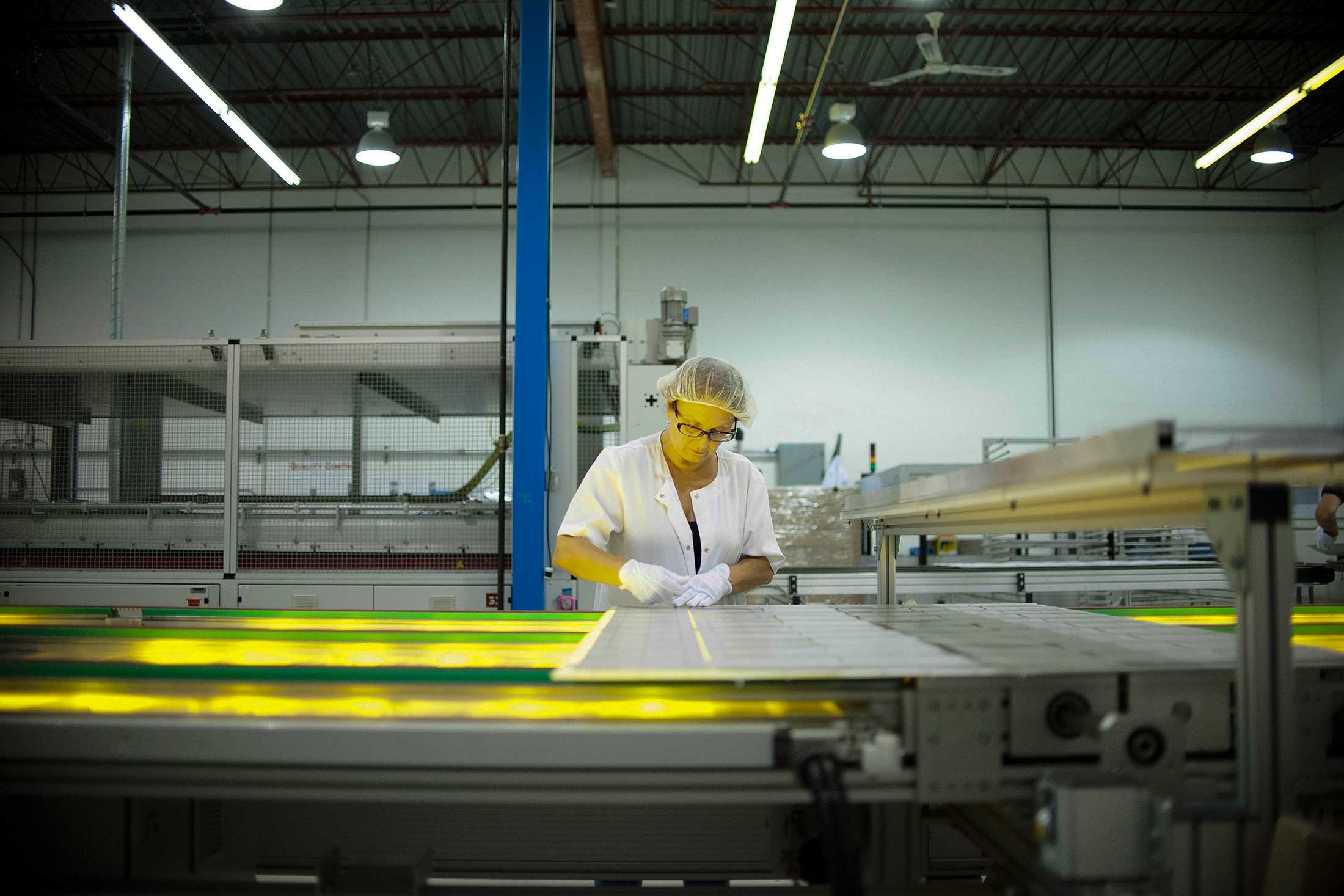
Solar manufacturers led by China’s Trina Solar Ltd. are probably selling at a loss after prices fell to a record low this week.
The video of an accident on the Autobahn in the Netherlands caught on the dashcam of a Tesla Model X shows the Autopilot’s forward collision warning predicting an accident before it could be detected by the driver.
With the release of Tesla’s version 8.0 software update in September, the automaker announced a new radar processing technology that was directly pushed over-the-air to all its vehicles equipped with the first generation Autopilot hardware.
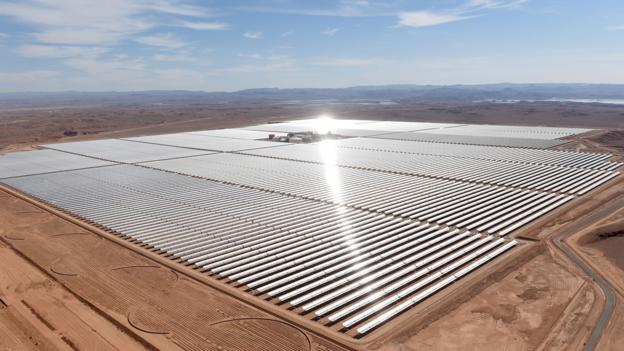
Good Morning, People of the Page. Thanks to fellow writer Bruce P. Grether for this story about solar power. And also, thank you, Bruce, for all your wonderful posts to the page, especially in the last few days…the posts you’ve been making in your travels. Much appreciated.

In Brief The company that is tasked with running China’s power grid just proposed a $50 trillion global electricity network to help us tackle pollution and climate change.
It seems that China likes building big things. Take the Great Wall of China. The country has been constructing bigger (and sometimes better) things than the rest of the world for centuries.
Now, the Chinese are at it again, but this time it’s on a global scale. China wants to build a $50+ trillion power grid. For the entire world. And they want to have it in operation by 2050. Talk about ambitious.
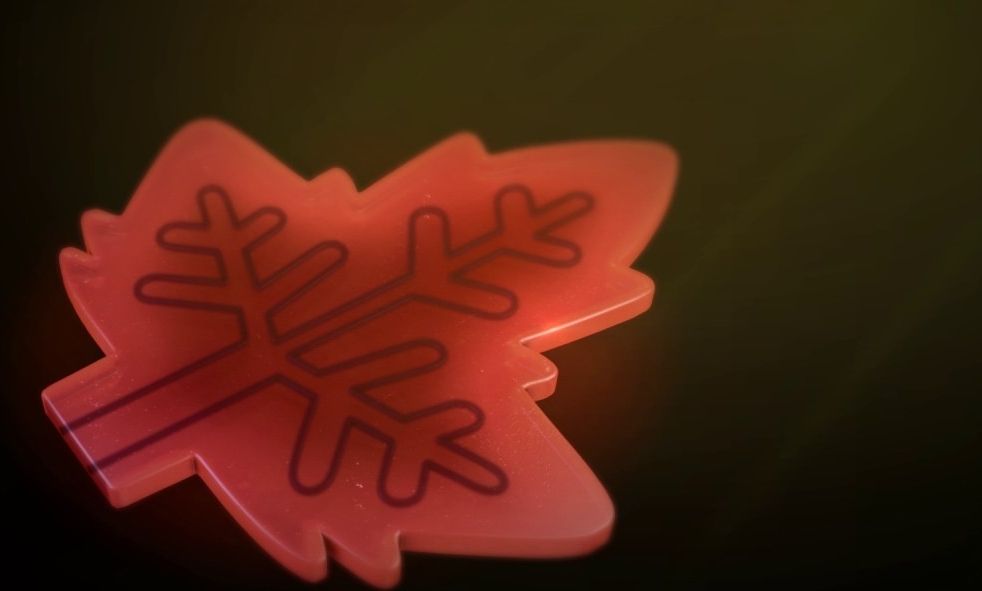
Leaves are kind of like nature’s power plants, converting incoming sunlight into energy for the plant to thrive on. Inspired by the real thing, scientists have previously created artificial leaves that function in much the same way as their natural counterparts to produce electricity and even liquid fuels. Now a team at Eindhoven University of Technology (TU/e) is using a similar system to produce chemicals, which could one day lead to solar-powered “mini-factories” that can produce drugs, pesticides and other chemicals almost anywhere.
To mimic the light-capturing molecules in leaves, the researchers turned to luminescent solar concentrators (LSCs), materials seen in solar-harvesting window technology and used to catch and amplify laser beams carrying data in Facebook’s drone-mounted internet projec t. These LSCs absorb incoming light, convert it to specific wavelengths and then guide the photons to the edges of the device.
The TU/e team’s take on the idea was to create a leaf-shaped device, made from a silicon rubber LSC, with a thin channel running through it like the veins in a leaf. As chemicals are pumped through the channel, the LSC material directs sunlight towards it, and the high intensity of the sunlight can trigger a chemical reaction with the liquid in the channel. Essentially, one substance enters, and by the time it comes out the other end, the device will have converted it into a different chemical, which may be useful as a drug, fuel or other agent.
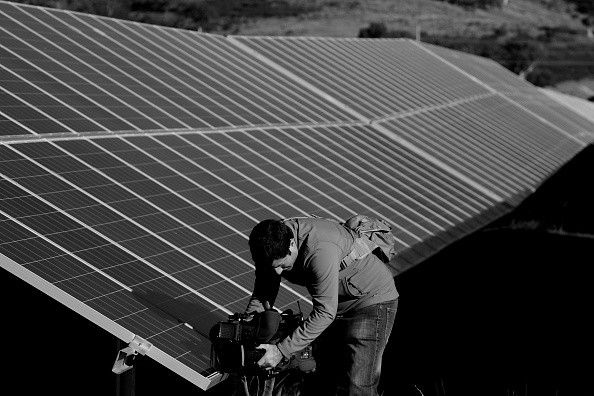
(Credit: (Photo by Lisa Maree Williams/Getty Images)) China is currently domiating in terms of Solar Energy and in here you will find out how they manage their solar industry.
December 21

Michigan State University scientists have engineered “molecular Velcro” into to cyanobacteria, boosting this microalgae’s biofuel viability as well as its potential for other research.
The findings, featured in the current issue of ACS Synthetic Biology, show how MSU researchers have designed a surface display system to attach cyanobacteria, also known as blue-green algae, to yeast and other surfaces. The proof-of-concept may improve the efficiency of harvesting algae as well as open avenues to improve the construction of artificial microbial communities for sustainable biofuel production or other industrial projects.
“Inadequate cyanobacterial toolkits limited our ability to come up with biological solutions,” said Derek Fedeson, MSU graduate student and the study’s co-lead author. “So, we wanted to add another tool to the toolbox to expand the capacity of these bacteria, which can harness solar energy for the production of useful compounds.”
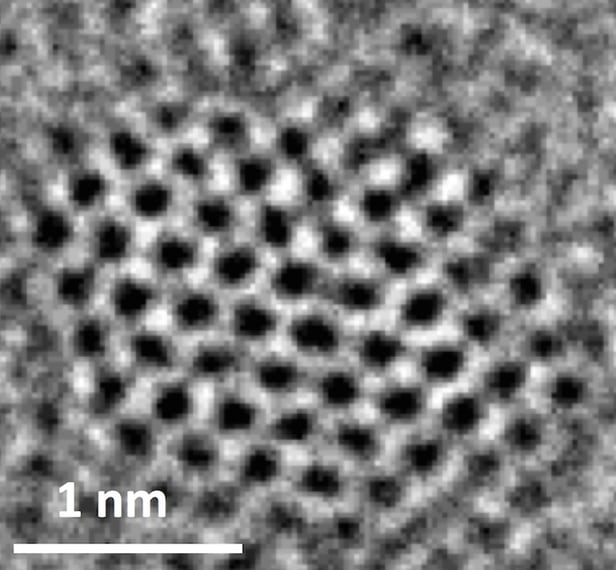
Researchers used nitrogen-doped graphene quantum dots to convert carbon dioxide into liquid hydrocarbons like ethylene and ethanol for use as fuel.
The wonder material known as graphene may have a new trick up its sleeve: converting carbon dioxide into liquid fuels. A team of researchers at Rich University in Texas used nitrogen-doped graphene quantum dots (NGQDs) as a catalyst in electrochemical reactions that create ethylene and ethanol, and the stability and efficiency of the material is close to common electrocatalysts such as copper.
In the fight to slow climate change, reducing the amount of carbon dioxide that enters the atmosphere is crucial, and plenty of research is looking into how we can capture carbon at the source, using clay, engineered bacteria, metal-organic frameworks, or materials like the “Memzyme” and sequester it into rock and concrete. Other studies are focusing on converting the captured carbon into liquid hydrocarbons, which can be used as fuel.